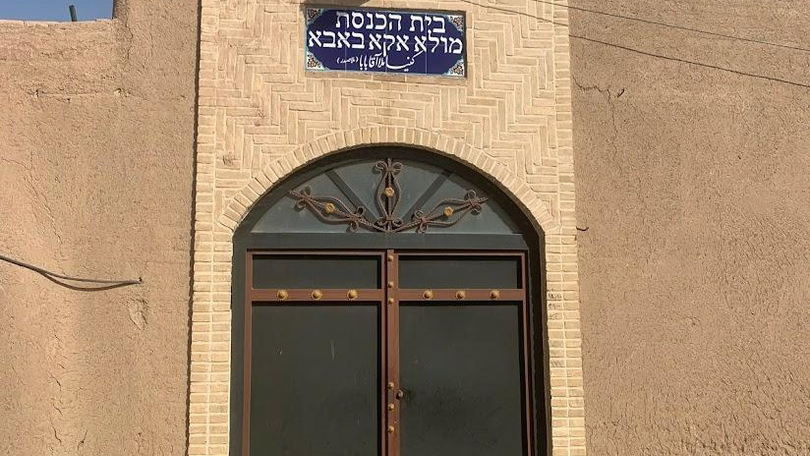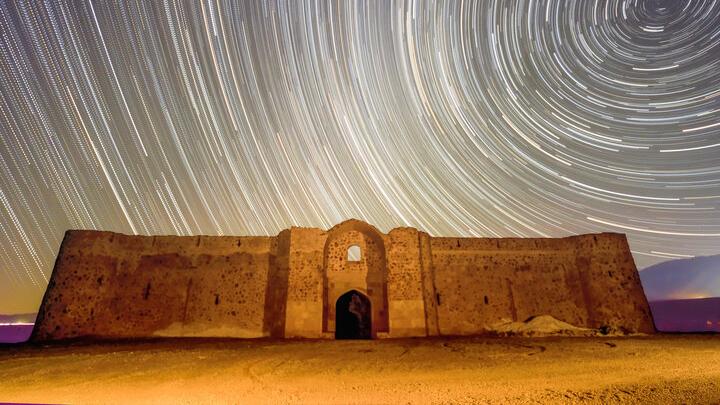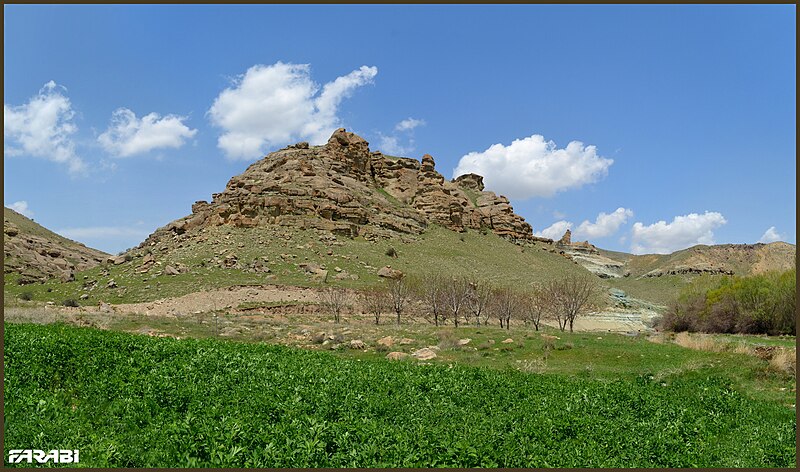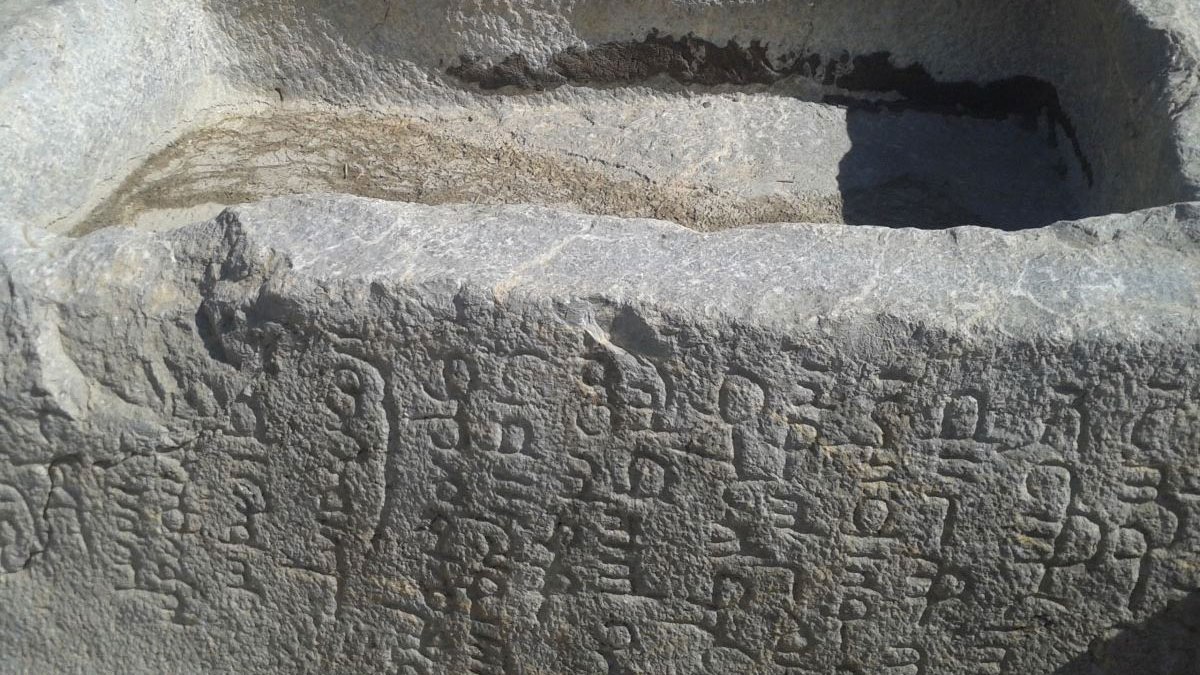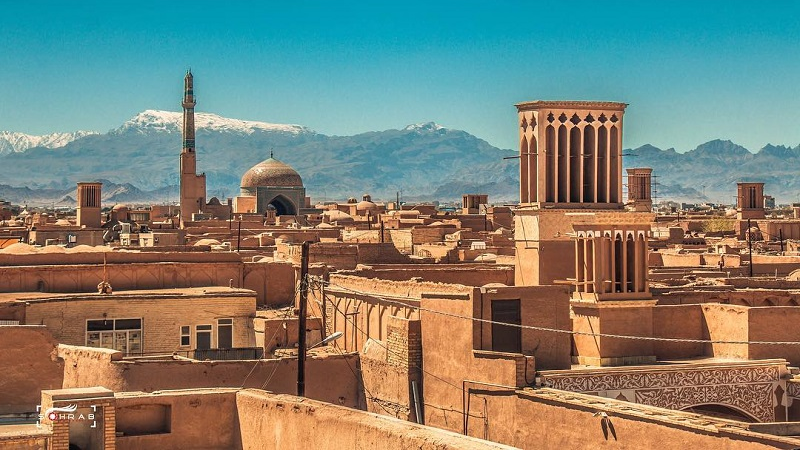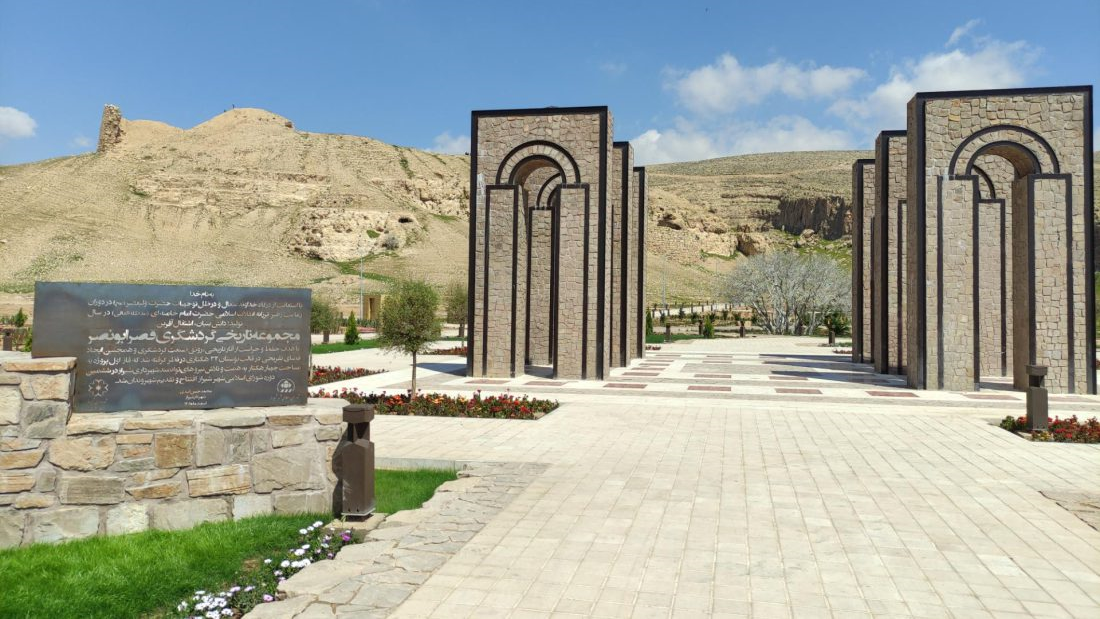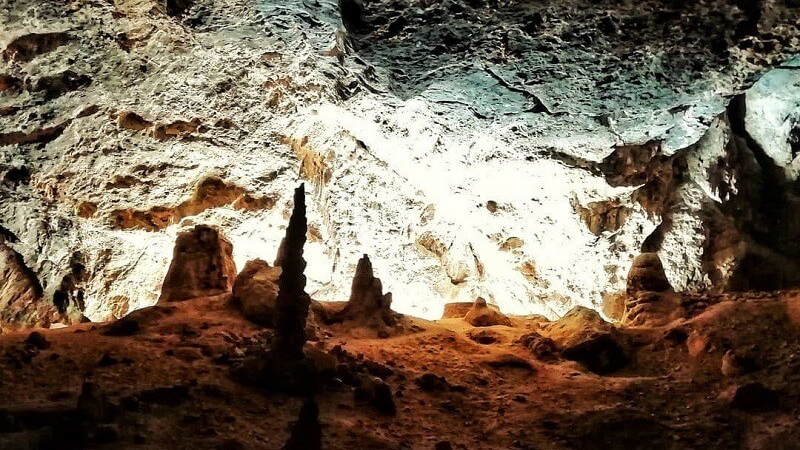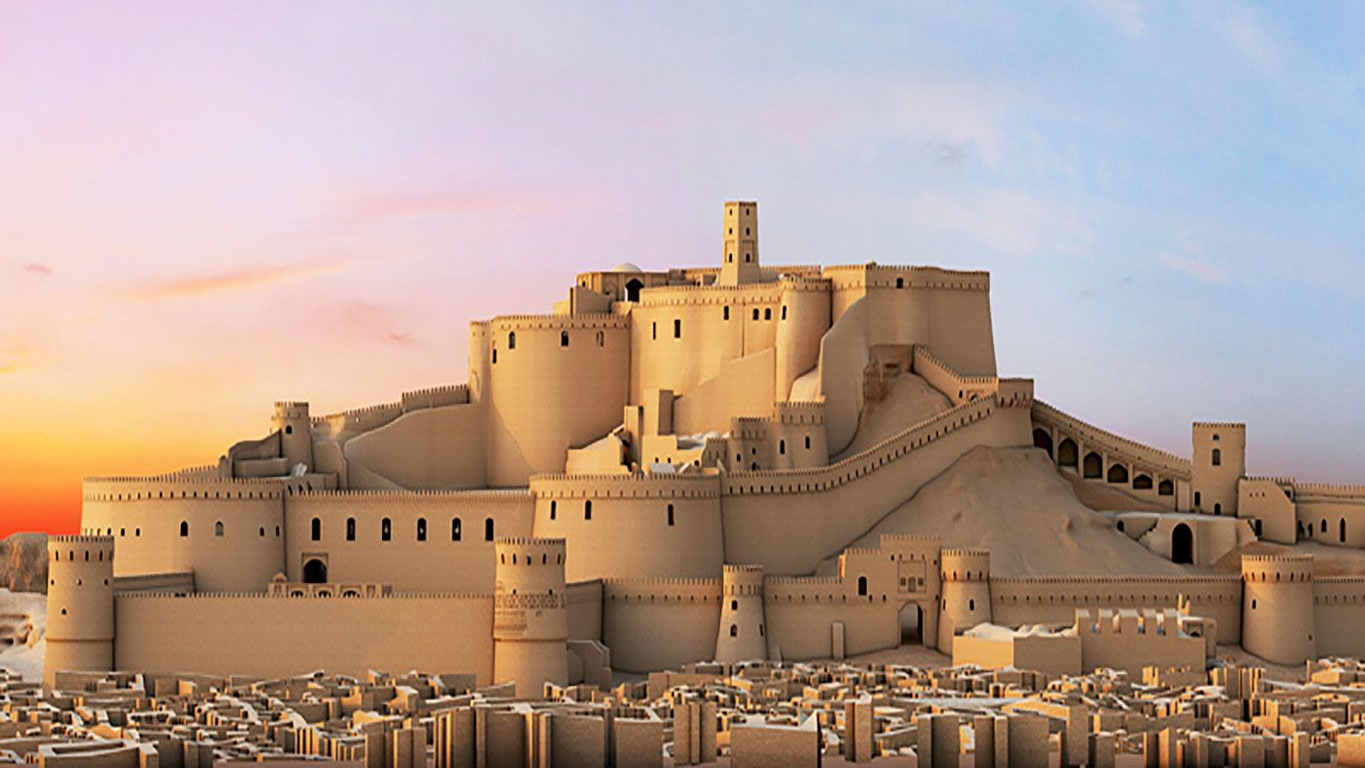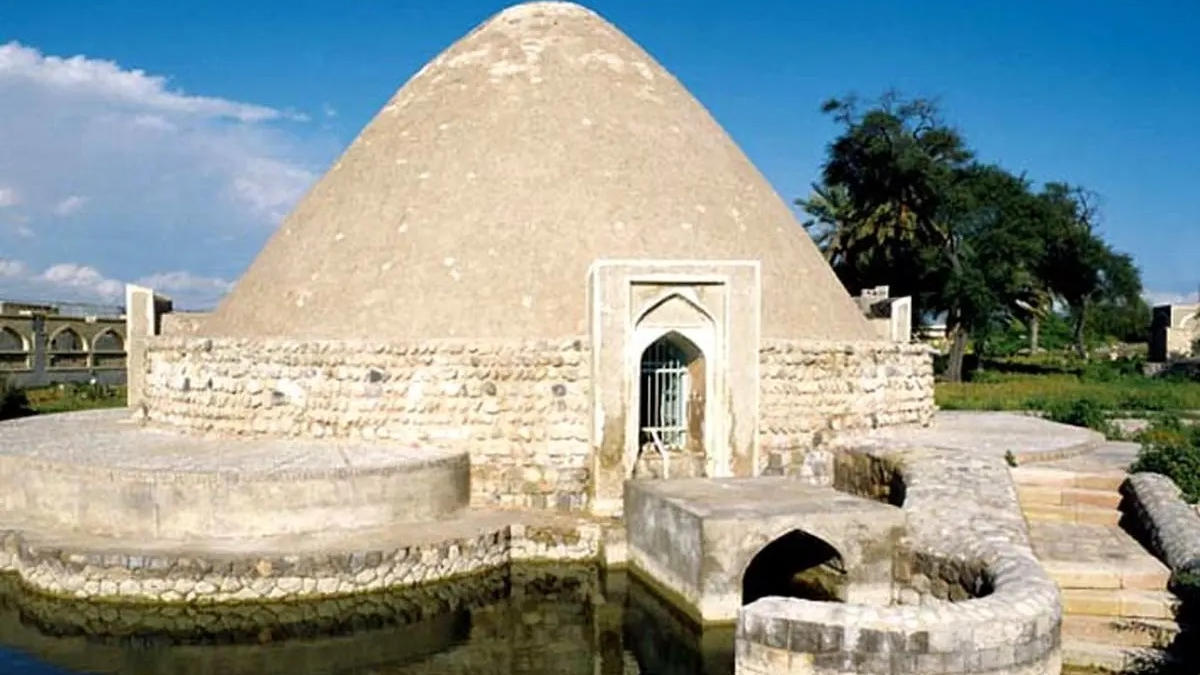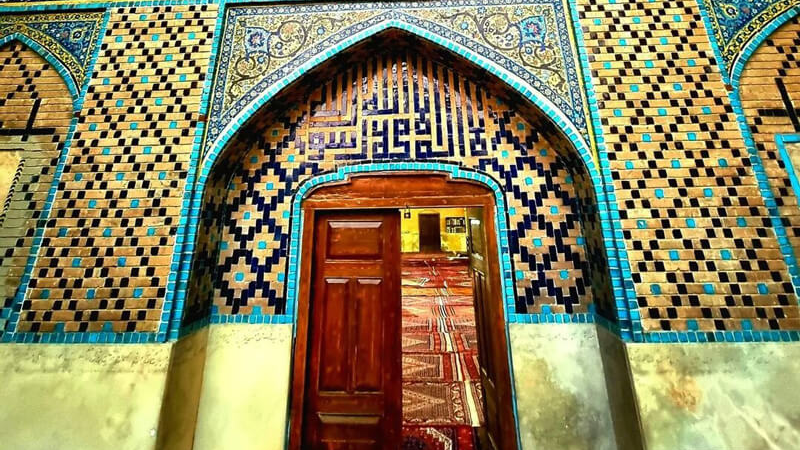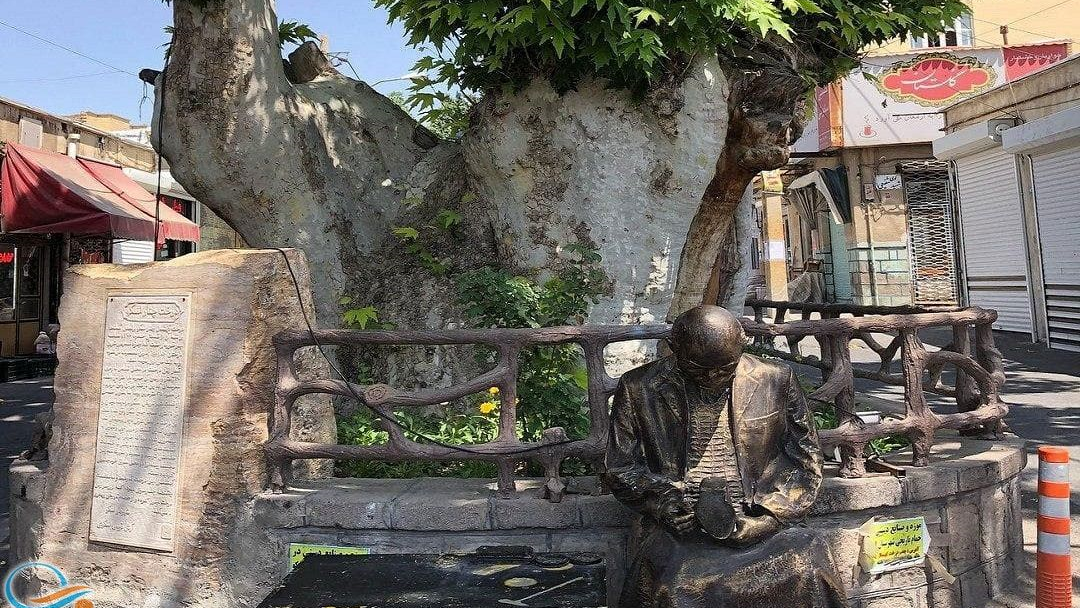
Awhadi Maraghei’s Tomb
Awhadi Maraghei’s Tomb is one of the most important tombs and monuments of Maragheh. A museum has been built to this tomb, which is known as the Ilkhanate Museum, where important artifacts from that era (13th and 14th centuries AD) are exhibited. During the Ilkhanate era, Maragheh was the capital of Iran and was given a lot of importance.
Who was Awhadi Maraghei?
Ruknuddin Awhadi Esfahani Maraghei was born in Maragheh in in the year 673 AH (1274 AD). He was a Persian-speaking mystic and poet. He has left some poetry collections, including the “Jaam-e Jam”. Awhadi’s ancestors were from Isfahan, he also lived in Isfahan for some time during his life and composed many poems in the dialect of the people of this city, but he eventually returned to Maragheh and passed away in this city on Ramadan 15, 738 AH (April 14, 1338 AD). After his death, Awhadi was buried in a green garden and a mausoleum was built over his grave.
History and Architecture of Awhadi Maraghei’s Tomb
Before the reconstruction of Awhadi Maraghei’s Tomb in 1973 AD, the remains of an older tomb could be seen in the middle of a green garden. During the reconstruction process, Awadi’s tombstone was moved to the Ilkhanate Museum, which was created next to this tomb to take better care of it. This tombstone is made of blue stone and the date of Awhadi’s demise is engraved on it.
The present tomb of Awhadi Maraghei is a structure with a modern design and built in a square shape. The mausoleum is three steps higher than the surrounding level and has cobblestone flooring. There is another tomb near the tomb of Awhadi Maraghei, where someone by the name of Sarkhosh Beig is buried. He was a contemporary of Awhadi.
The Ilkhanate Museum
This museum, where the most exquisite artifacts from the Ilkhanate era are on display, is adjacent to Awhadi’s Tomb. The museum has different sections, among which the coin section - where a collection of coins from the period of the Ilkhanate era can be seen - is unique and very interesting in terms of comprehensiveness.
In that period, gold coins were usually minted to commemorate important occasions or festivities, and copper coins were used in everyday transactions. At that time, Maragheh was also considered one of the centers of minting coins. Besides Maragheh, there were also mints in Tabriz and Soltaniyeh.
Glassware made during the Ilkhanate era is on display in another section of this museum. Even though most of the Iranian glassware makers went to Syria and Egypt during this era, there are some objects in this part of the museum, which are very rare and exquisite.
The pottery section of the Ilkhanate Museum is remarkably attractive as it displays the importance and development of pottery art in that era. It has been recorded that various techniques were used for making pottery artifacts during the Ilkhanate era. Moreover, the use of motifs and decorations had also diversified significantly in those days. The existence of a pottery vessel with a figure of an animal with a human head shows that some pre-Islamic symbols and motifs were also paid attention to during that era.
Despite the fact that this museum bears the name of “Ilkhanate’, there are also works from other historical periods on display in it. Among these, mention can be made of artifacts from the Parthian and Sassanid periods (BC) and Safavid period (16th century). The coins from the Sassanid era - on display in the coin section of this museum - are among its most valuable objects.
Awhadi Maraghei’s Tomb was inscribed on the list of Iran’s national heritage in the year 2008.
Ruknuddin Awhadi Esfahani Maraghei was born in Maragheh in in the year 673 AH (1274 AD). He was a Persian-speaking mystic and poet and has left some poetry collections, including the “Jaam-e Jam”.
| Name | Awhadi Maraghei’s Tomb |
| Country | Iran |
| State | East Azerbaijan |
| City | Maragheh |
| Type | Historical |
| Registration | National |
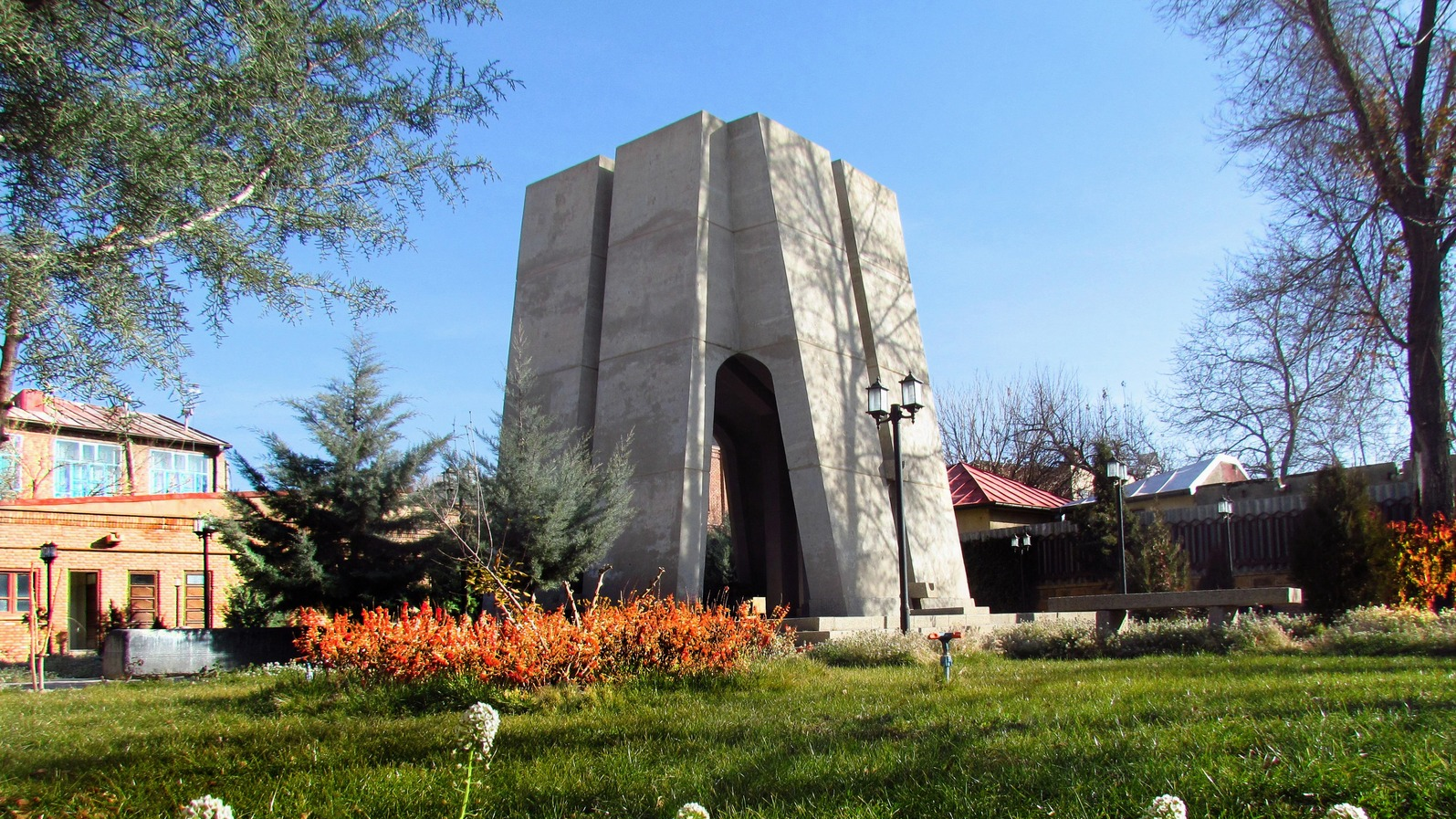
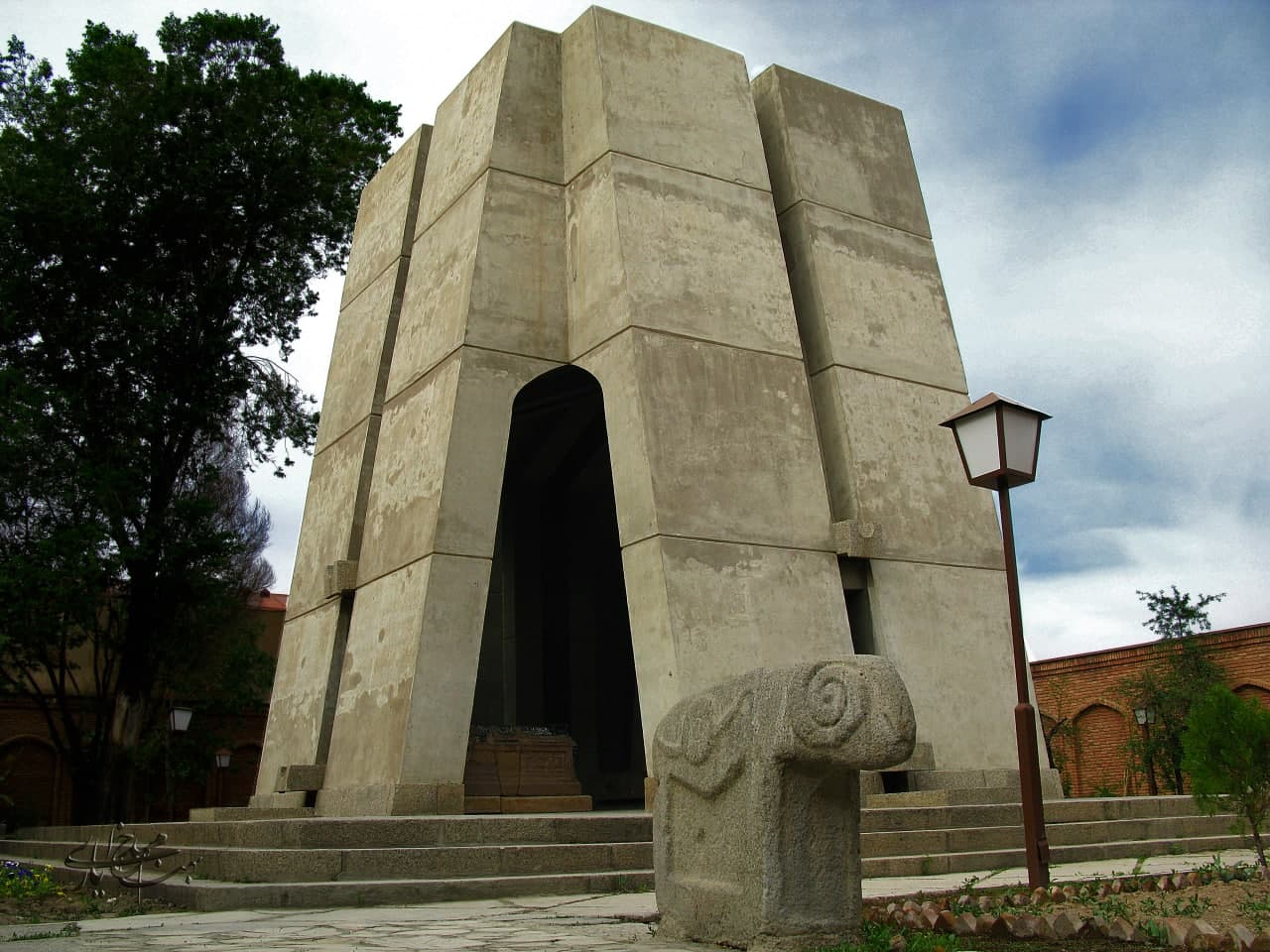
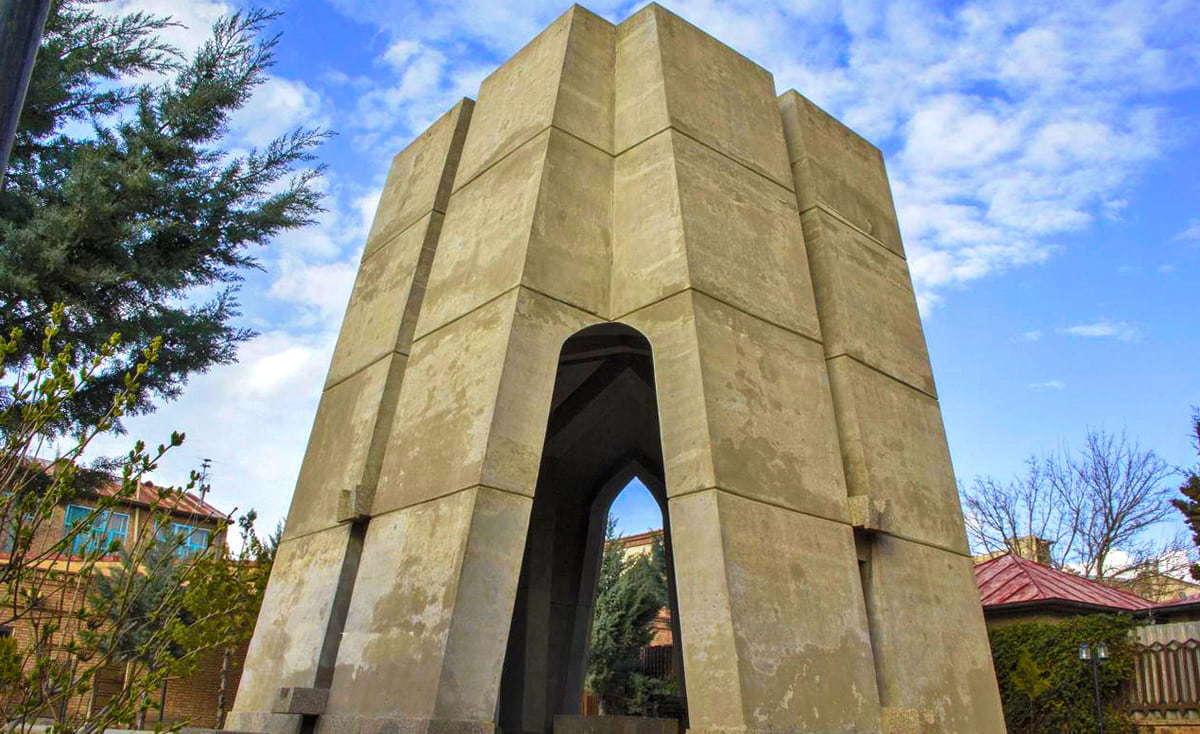
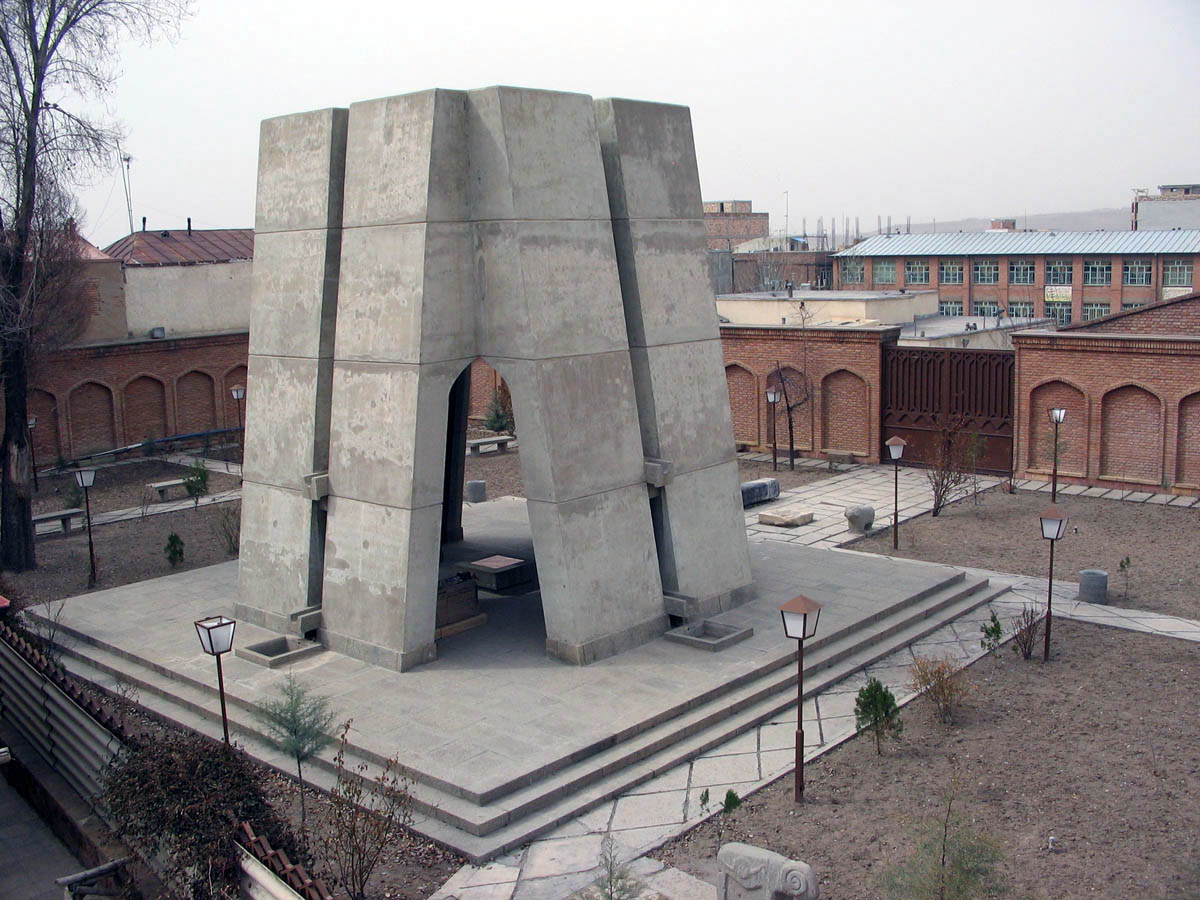




Choose blindless
Red blindless Green blindless Blue blindless Red hard to see Green hard to see Blue hard to see Monochrome Special MonochromeFont size change:
Change word spacing:
Change line height:
Change mouse type:
